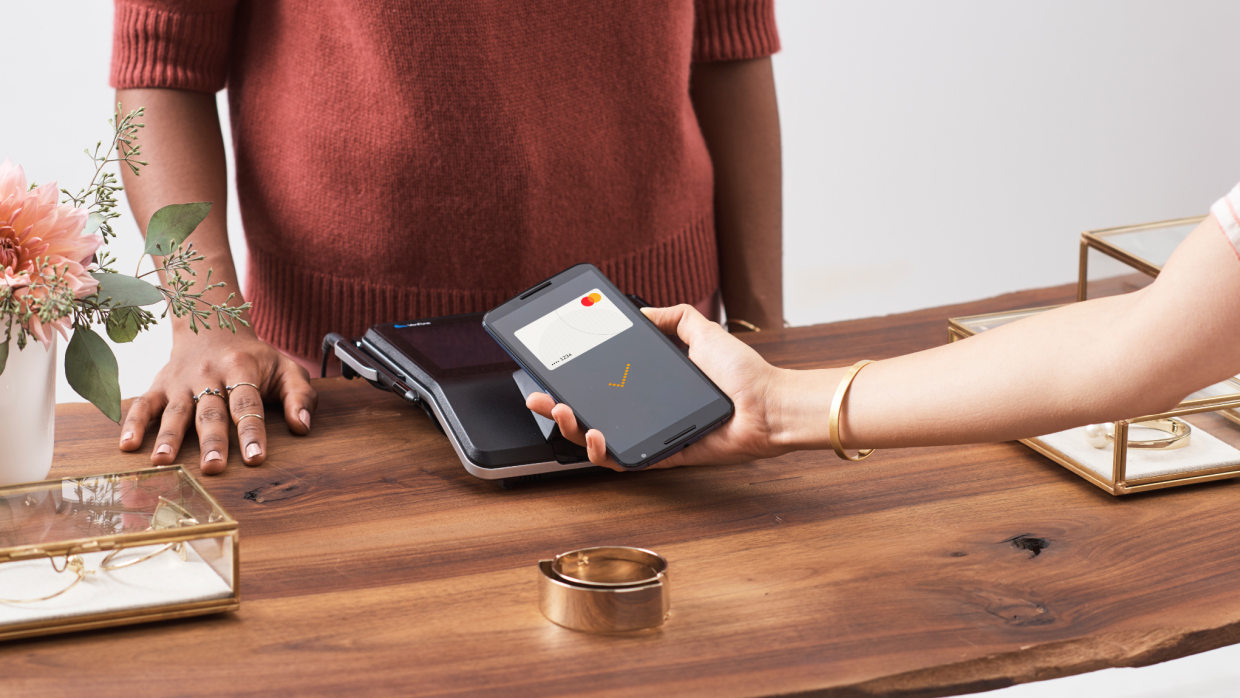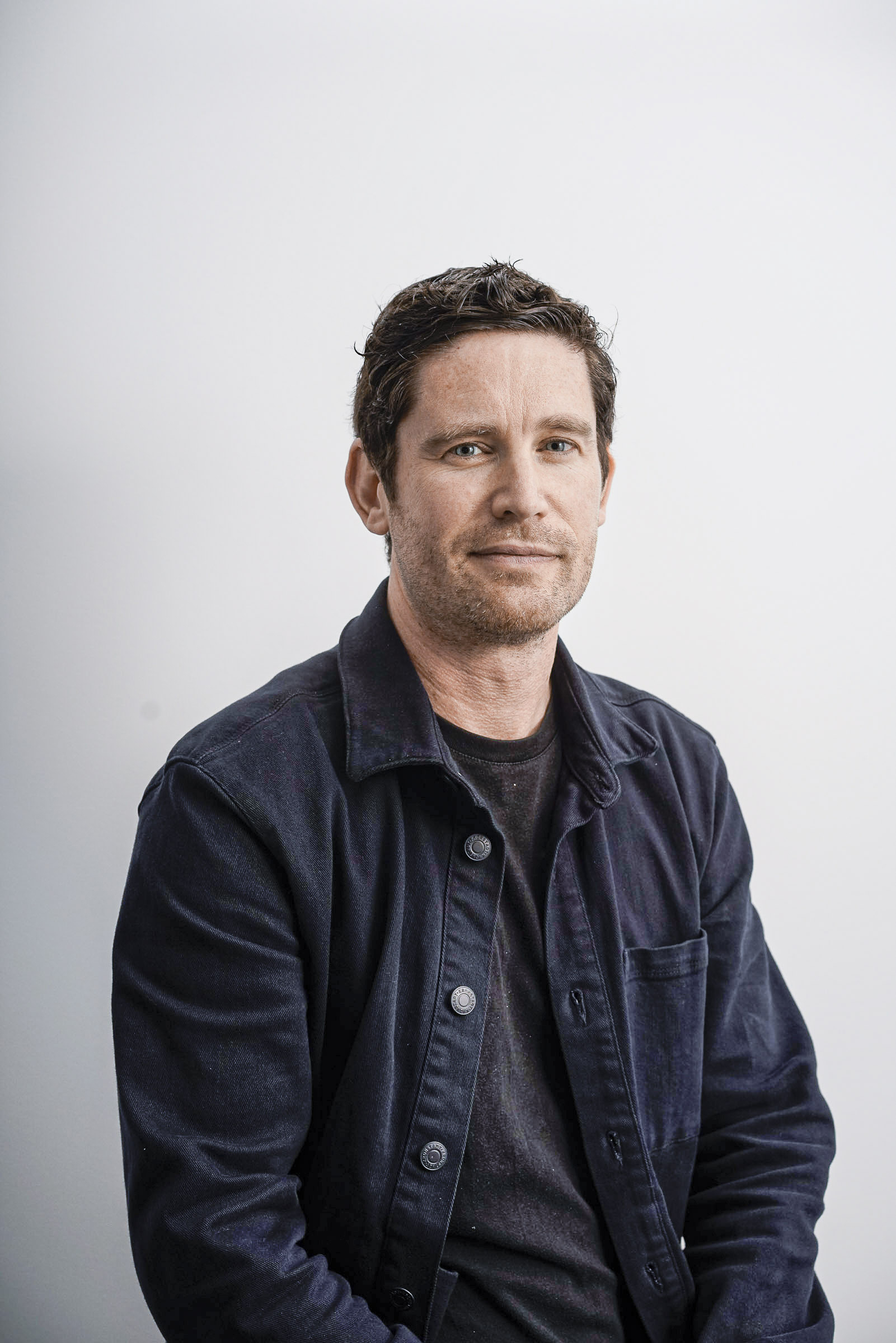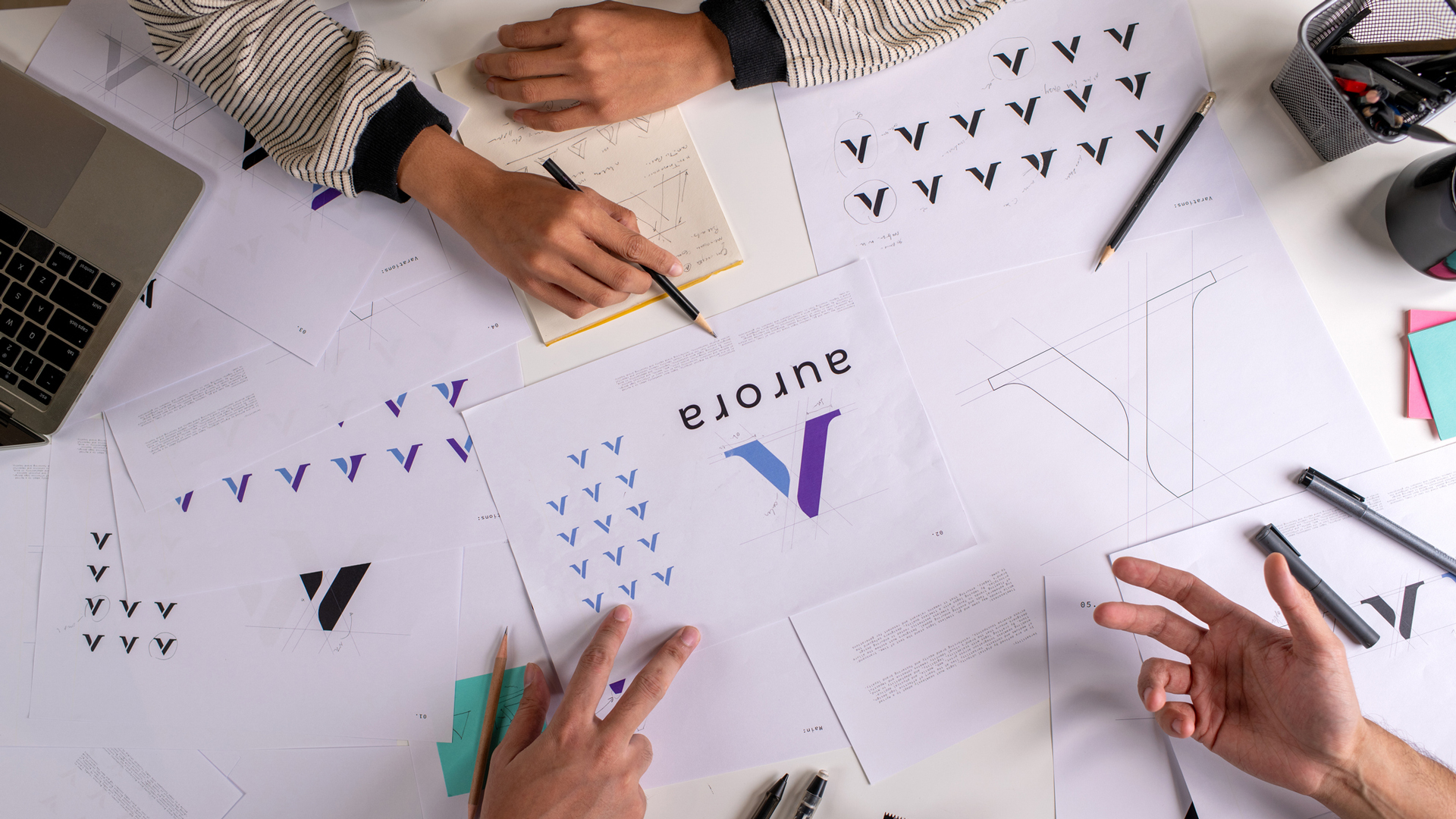Brands should invest in multisensory marketing – here’s why
From gesture control to in-store design and mixed, virtual and extended reality, multisensory marketing is here to stay.
Tapping into our multiple senses is an incredibly effective way to engage consumers. At a time of visual overload, in which it’s difficult for brands to differentiate themselves and stand out, this is an underutilised route to achieving cut-through and differentiation. Yet, sadly, it’s one that many brands either overlook or don’t get quite right.
Fortunately, more and more companies are waking up to the power of multisensory branding (including sonic branding) and design. We're almost certainly set to see haptic design grow even more rapidly in the next few years, with research showing that more than half of connected devices will be haptic-enabled by 2028. This is about more than just smartphones. As digital devices evolve, we’re at an exciting inflection point, with the likes of gaming consoles, headphones, smartwatches, fitness trackers and headsets incorporating more features, which will allow brands to develop truly immersive experiences.
A multisensory approach gives brands a broad palette to play with and can be used at different points in the customer journey or experience. From gesture control to in-store design and mixed, virtual and extended reality, herein lies a golden opportunity to have deeper conversations and drive long-lasting emotional connections.
Stepping away from focusing on visuals alone also allows brands to disrupt people’s behavioural patterns and break entrenched, autopilot mindsets. Take Taj Mahal Tea and its ‘Megh Santoor’ billboard, which played classical Indian music when rain fell on it; creating a resonant, multisensory experience for those that may otherwise have walked past. And yet, despite this wealth of possibility, many brands remain stuck in a primarily visual world.
The need for a clearly-defined approach

In order to be effective with multisensory experiences, building out from a brand-first approach is key; defining individual sensorial assets and bringing them together as a powerful suite for a clear purpose. For instance, we recently created a new haptic logo for Mastercard with a distinctive series of composed haptic vibrations, which are synced with the signature sonic identity. This enables customers to ‘feel’ their phone when online shopping or using a payment terminal. This helps Mastercard to stand out, and it also enables the brand to be more inclusive and accessible, as people who are visually impaired benefit from being able to feel a transaction as it happens.
It’s also possible to create a powerful, cascade effect. We often talk about the importance of ‘superadditivity’, which tells us that engaging two or three senses at the same time is exponentially more powerful than the sum of their individual effects. This approach can supercharge brand experience.
But, as with everything, there is a balance that needs to be struck, and it’s important to show restraint and use these tools in deliberate ways in order to avoid an empty, gimmick effect, or people will switch off. Rather like an overly-scented hotel lobby, too much can be overwhelming – with chemical senses repelling rather than attracting the intended audience – and yet too little can result in a lack of any engagement or memorability at all.
Leading brands can learn a lot from the world of hospitality.
Many brands just throw the kitchen sink at everything, and where they sometimes go wrong with multisensory campaigns is when they invest in them without having a clear strategy. Marketers need to think carefully about sensorial weighting and avoid trying to stimulate all senses at the same time. To this end, being tactical and strategic about the deployment of the defined assets is key; the ‘where’, ‘when’ and ‘with which other sensorial cue’ is an important consideration. Using behavioural science in conjunction with sensorial weighting gives us the potential to fully understand, and influence, the moment where we meet the customer. We need to ask what our end desired purpose or reaction is that we are looking to provoke.
Leading brands can learn a lot from the world of hospitality. Luxury hotels deploy scent branding matched with audio, visual and touch to great effect. This can lead to immersive, emotional, and memorable experiences which elevate brand connection, understanding, and loyalty.
But brands need to work out where in the customer journey they should focus on each of the senses. The trick is to pick key moments carefully, where focusing on scent or sound can have a huge impact. Take, for example, Aesop’s strategy to create disruption by pumping scent out into the street. It works, because even if people are looking at their phones when they walk past, their senses are engaged by the scent.
Brands need to figure out how to tap into the senses that work best for their products. Sometimes, as with Aesop and scent, it can be obvious, but for other products this requires research and strategic - even disruptive - thinking.
Engaging the power of our most primitive senses
Entertainment brands are leading the way when it comes to engaging the senses, so if a client comes to us and they’re stuck on visual branding, we help them get out of the mindset of the category they’re in by taking inspiration from others, such as the multi-sensory screenings of the film Heretic which engaged not just the eyes but also our sense of smell, considered the oldest and most deeply rooted human sense.
Certainly tech is going to be a huge enabler and an interesting space to watch as the future unfolds. Brands innovating in the space where scent can be transmitted through screens is accelerating fast. Meanwhile, smartphones continue to evolve, as do wearable technologies.
Yet having a strong cultural understanding is also important. This must not be overlooked. It can be particularly tricky in the world of aroma, because scent is such a strong link back to memory and lived experiences and based on people’s cultural upbringing. For example, while we in the UK associate cloves with Christmas, for people in the US that scent is more associated with a trip to the dentist, and that’s rarely the kind of link a brand is keen to make.
If done right, a multisensory approach can get customers to fall in love with a brand. But marketers need a clear strategy for engaging the right sense at the right time. It is through connected experiences and touchpoints over time that brands can build a strong connection with their consumers.
For more on branding, see our rebrands of the decade series.

Thank you for reading 5 articles this month* Join now for unlimited access
Enjoy your first month for just £1 / $1 / €1
*Read 5 free articles per month without a subscription

Join now for unlimited access
Try first month for just £1 / $1 / €1
Get the Creative Bloq Newsletter
Daily design news, reviews, how-tos and more, as picked by the editors.

Paul thrives on transforming brands into living, breathing entities. At FutureBrand, he creatively leads the Brand Experience offer, working closely with clients to deliver unique and distinctive brand-led experiences. With a rich background in brand creation and activation, Paul has been based in some of the world's most diverse and exciting cities, including London, Sydney, Mumbai, and Amsterdam, working across a varied portfolio of corporate and consumer brands.
You must confirm your public display name before commenting
Please logout and then login again, you will then be prompted to enter your display name.
